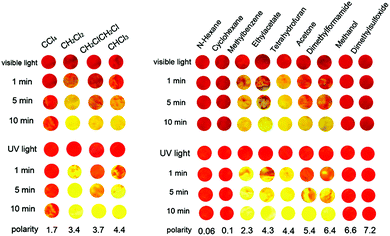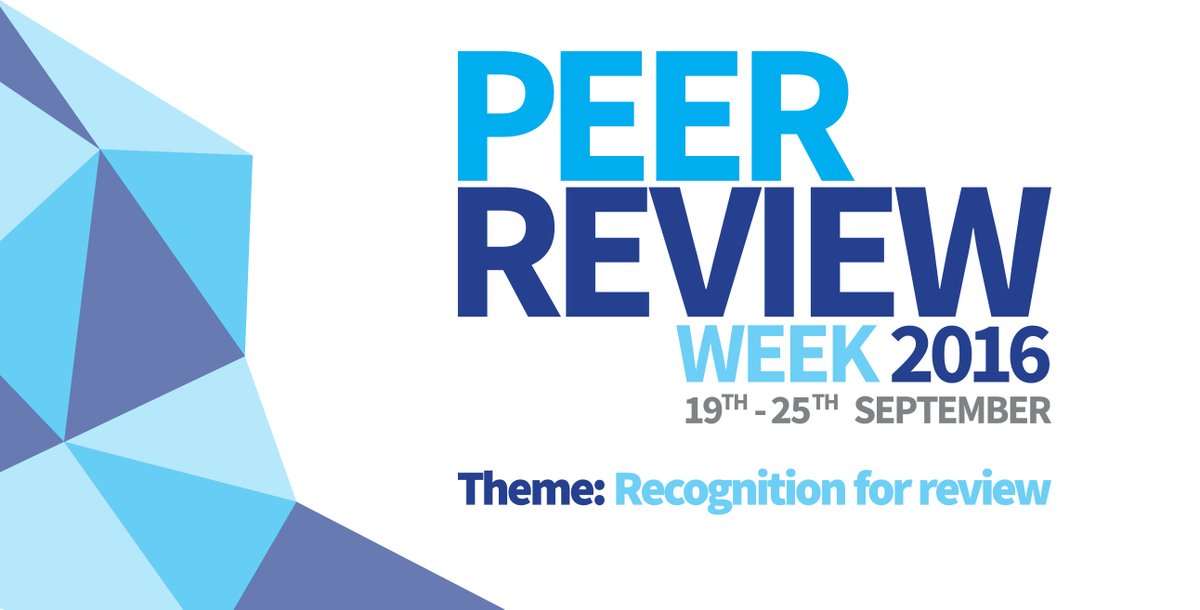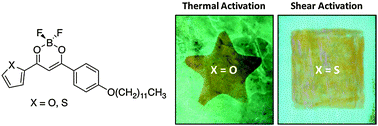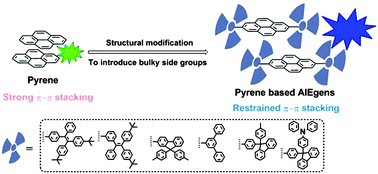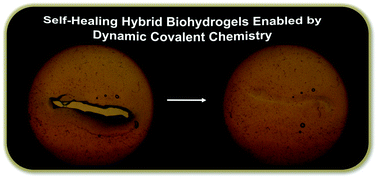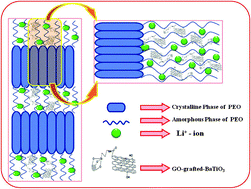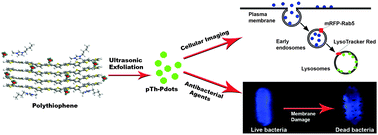Following the success of Peer Review Week in September 2016 (dedicated to reviewer recognition) during which we published a list of our top reviewers, we are delighted to announce that we will continue to recognise the contribution that our reviewers make to the journal by announcing our Outstanding Reviewers each year.
We would like to highlight the Outstanding Reviewers for Materials Chemistry Frontiers in 2016, as selected by the editorial team, for their significant contribution to the journal. The reviewers have been chosen based on the number, timeliness and quality of the reports completed over the last 12 months.
We would like to say a big thank you to those individuals listed here as well as to all of the reviewers that have supported the journal. Each Outstanding Reviewer will receive a certificate to give recognition for their significant contribution.
Professor K. R. Justin Thomas, Indian Institute of Technology Roorkee
Professor Zhen Li, Wuhan University
Professor Stephen Meech, University of East Anglia
Professor Joe Otsuki, Nihon University
Doctor Tsuneaki Sakurai, Kyoto University
Professor Yuya Tachibana, Gunma University
Professor Ben Zhong Tang, The Hong Kong University of Science & Technology
Professor Bao Wang, Institute of Process Engineering
Doctor Nailiang Yang, Nanyang Technological University
Professor Qichun Zhang, Nanyang Technological University
We would also like to thank the Materials Chemistry Frontiers board and the Materials Chemistry community for their continued support of the journal, as authors, reviewers and readers.
If you would like to become a reviewer for our journal, just email us with details of your research interests and an up-to-date CV or résumé. You can find more details in our author and reviewer resource centre
![]()
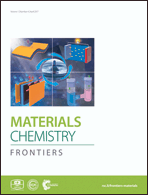


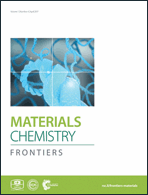









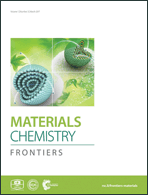 Recent advances in the synthesis of Janus nanomaterials of block copolymers
Recent advances in the synthesis of Janus nanomaterials of block copolymers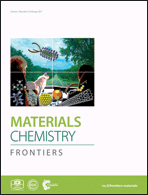 Following review articles are included in current issue:
Following review articles are included in current issue:









